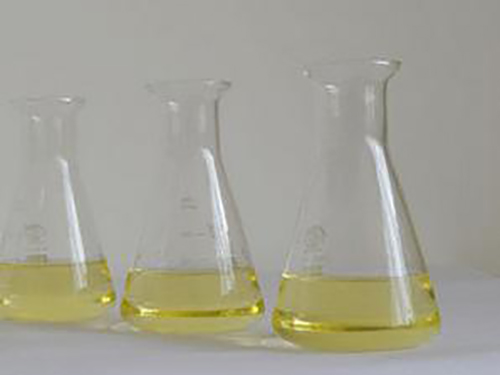Role of Poly Aluminium Chloride in Enhancing Water Treatment Processes and Efficiency
The Function of Poly Aluminium Chloride in Water Treatment
Water is one of the most essential resources on the planet, and ensuring its quality is crucial for human health and environmental sustainability. Various methods and chemicals have been developed to purify water, one of which is Poly Aluminium Chloride (PAC). This article will examine the role of PAC in water treatment, its mechanisms, advantages, and applications.
What is Poly Aluminium Chloride?
Poly Aluminium Chloride is an inorganic polymer that serves as an effective coagulant in water treatment processes. It is produced through the reaction of aluminium hydroxide or aluminium oxide with hydrochloric acid, leading to a compound that contains multiple aluminium species and hydroxide ions. PAC is typically a white or pale yellow powder, highly soluble in water, and has a lower molecular weight compared to other coagulation agents like alum.
Mechanism of Action
The primary function of PAC in water treatment is to facilitate the coagulation and flocculation process. Coagulation is the first step, where PAC ions destabilize colloidal particles suspended in water. These particles often have a negative charge, preventing them from aggregating. When PAC is introduced, it neutralizes the surface charge of these particles, allowing them to come together and form larger aggregates, or flocs, through a process called agglomeration.
Once the flocs have formed, they can easily settle to the bottom of the treatment basin, effectively removing impurities from the water. This flocculation stage is essential in enhancing sedimentation rates, leading to improved clarification of the water.
Advantages of Using PAC
One of the primary benefits of using PAC in water treatment is its efficiency. PAC is known to achieve better coagulation at a lower dosage compared to traditional coagulants like alum. This translates into cost savings for water treatment facilities, as less material is required to obtain the same level of water clarity.
function of poly aluminium chloride in water treatment

Another advantage is PAC’s effectiveness across a wide range of pH levels. It performs well in both acidic and alkaline conditions, making it versatile in various water sources. This adaptability allows treatment plants to optimize their processes based on water chemistry without needing to adjust pH levels drastically.
Moreover, PAC produces less sludge compared to traditional coagulants. The reduced volume of sludge leads to lower operational costs in the disposal and handling of by-products. This is particularly important as environmental regulations become stricter regarding sludge management.
Applications of PAC
PAC is widely used in municipal water treatment plants, as well as in industrial water treatment applications. In municipal settings, it is instrumental in purifying drinking water, ensuring it is safe for consumption by removing harmful pathogens, organic materials, and turbidity.
In industrial applications, PAC is used in the treatment of wastewater generated from various processes, including textile, paper, and food industries. It helps in the removal of dye, suspended solids, and other organic materials, enabling the recycling of water and reducing environmental impact.
Furthermore, PAC can be used in the treatment of drinking water in rural areas where advanced treatment facilities may not be available. Its efficacy at lower doses makes it a suitable option for small-scale water treatment systems.
Conclusion
Poly Aluminium Chloride plays a pivotal role in modern water treatment processes. Its ability to effectively coagulate and flocculate impurities enhances water quality while offering economic and operational advantages. As water scarcity becomes an increasingly pressing issue, the demand for efficient and reliable water treatment methods like the use of PAC will likely continue to grow. Emphasizing its importance in both municipal and industrial applications highlights the need for ongoing research and development to optimize water treatment practices globally, ensuring safe, clean, and sustainable water for future generations.
-
Water Treatment with Flocculant Water TreatmentNewsJun.12,2025
-
Polymaleic AnhydrideNewsJun.12,2025
-
Polyaspartic AcidNewsJun.12,2025
-
Enhance Industrial Processes with IsothiazolinonesNewsJun.12,2025
-
Enhance Industrial Processes with PBTCA SolutionsNewsJun.12,2025
-
Dodecyldimethylbenzylammonium Chloride SolutionsNewsJun.12,2025





